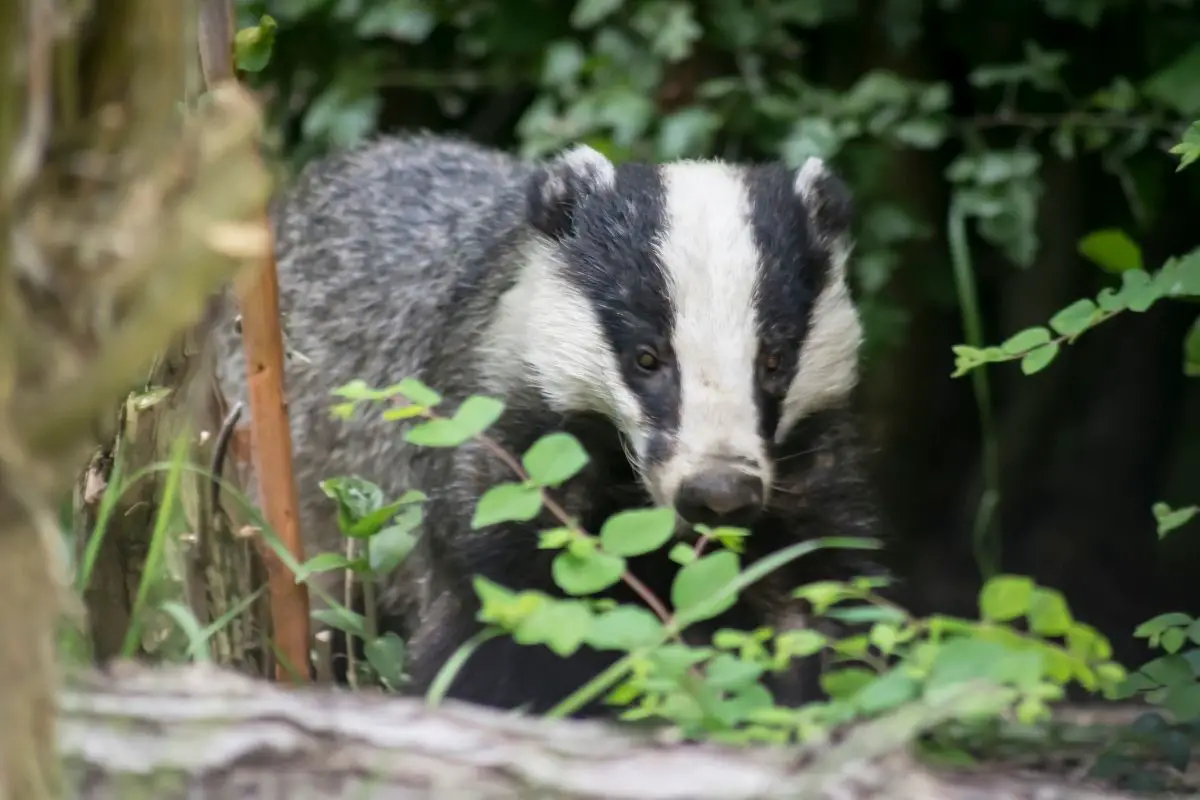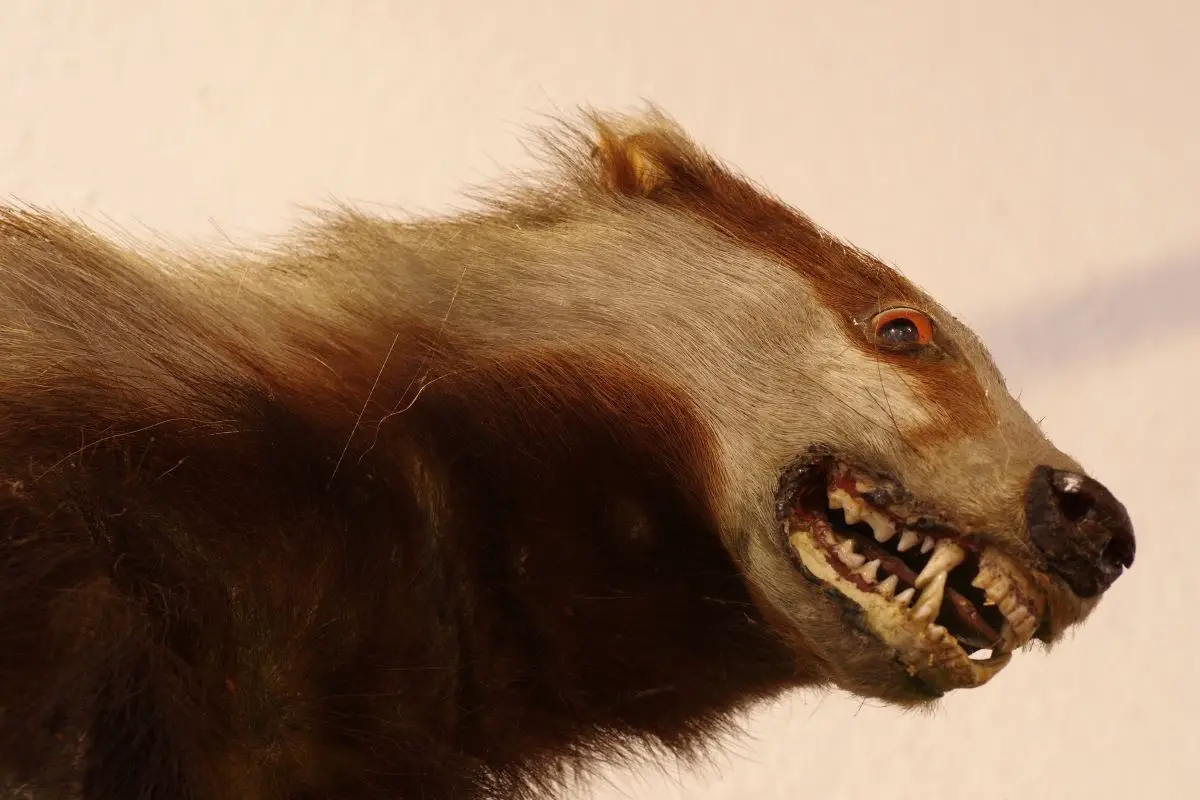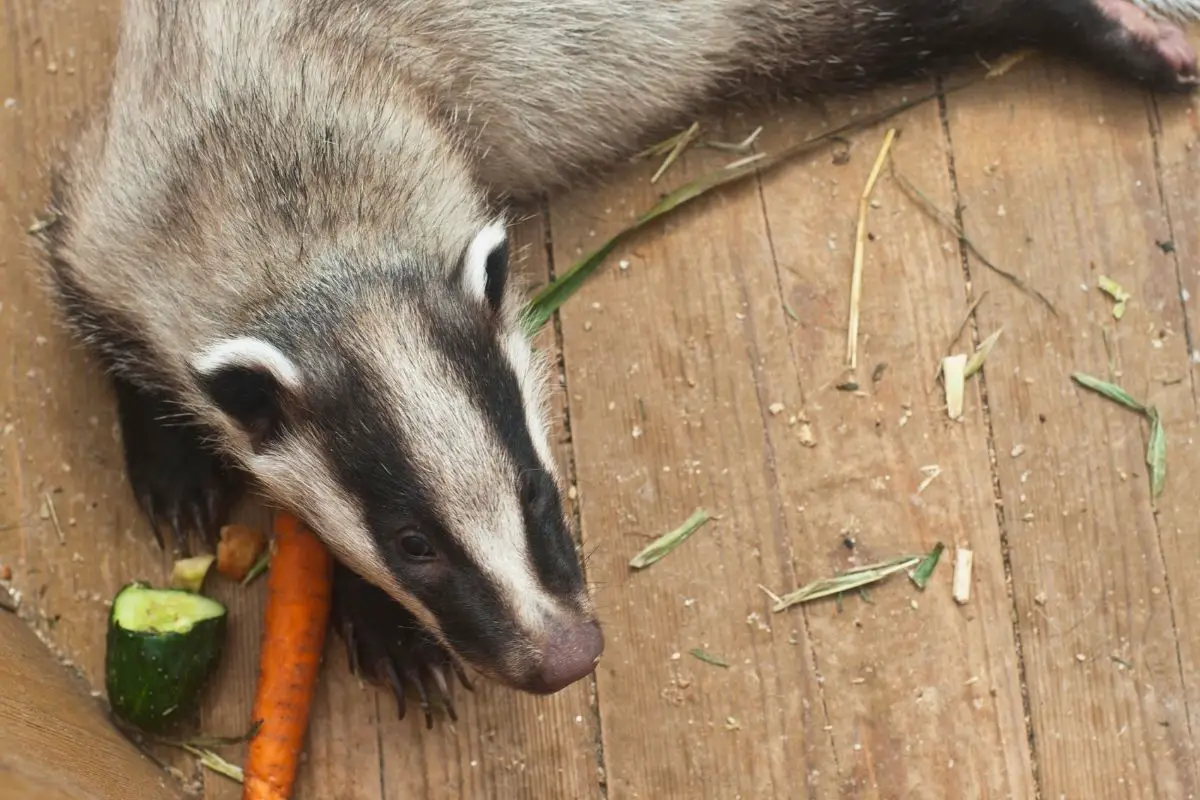
The honey badger looks unassuming. It’s the size of a medium dog and has coloring similar to a skunk. Sure, it’s known for being fierce, and even fearless, but is it really dangerous to people?
Is the honeybadger actually one of the most dangerous animals on the planet, or is its bark worse than its bite? Honey badgers don’t typically attack people without provocation, but they can cause some harm if they attack. The honey badger is part of the family Mustelidae.
Within the Mustelidae family, the honey badger is the species Mellivora. In fact, it’s the only species within the Mellivora group. Other members of the Mustelidae family include badgers, weasels, ferrets, minks,and wolverines.
Badgers, also known as European badgers, are similar in appearance to honey badgers. However, they are the more even-tempered of the two species. Honey badgers are native to sub-Saharan Africa, Saudi Arabia, Iran, and western Asia.
Surprisingly, they can live in a variety of habitats, including tropical rainforests, and cool mountain tops. They have a wide territorial range and are fairly solitary creatures.
Honey Badgers and People Don’t Mix
We’ll get into what makes honey badgers so dangerous in a moment. First, you should know that a honey badger can do serious harm to a human. There are legends of them killing humans, but these claims are hard to verify.
In the early 1900s, there were plenty of reports of badgers biting off the most sensitive bits of men, leaving them to bleed to death. However, there are no recent reports of this, so it’s just a legend, right? Surprisingly, the behavior is well documented.
Zoological studies have shown that when up against a large animal, like a lion or hyena, the honey badger will remove the animal’s testicles as a way to defend itself. Not only is the honey badger named “the world’s fiercest animal” by the Guinness Book of Records, it isn’t afraid to strike a low blow. Has a honey badger ever killed a human?
It’s nearly certain they have. Are they likely to kill you? Perhaps not, but they are likely to cause injuries that would require prompt medical attention.
What to Do if You Encounter a Honey Badger?
Despite their fierce and well-deserved reputation, a honey badger isn’t out to get you. It won’t attack without provocation. First, you aren’t a potential food source for the honey badger.
This means it has no reason to hunt you down and kill, or even injure you. However, honey badgers are very defensive animals. If they feel threatened, they attack.
“The best defense is a good offense” is the honeybadger motto. So, if you get too close, and ignore the very obvious warning signs, the honey badger could hurt you. If you see a honey badger, remain calm.
Back away slowly. Once you are out of its territory, you will no longer be considered a threat. Of course, the honey badgers attitude may lead to make sure that you’ve gotten the message.
Now that we know that honey badgers can pose a danger to humans, let’s take a look at why. What makes these adorable little creatures so dangerous?
Imagine an animal with razor sharp claws that are 1.5 inches long. Now imagine that animal also has exceptionally sharp teeth, and a bite force greater than a brown bear. Now you have an idea of why the honey badger is so dangerous.
It’s one of few predators capable of biting through tortoise shells. It can also make a meal of scorpions, crunching right through their tough exoskeleton.
The honey badger is also unique in the skin department. Its skin is very loose. If a predator grabs its skin, the badger can turn itself around and bite the attacker.
Its other defense is the thickness of its skin. Only a few animals have thicker skin than the honey badger. Rhinos, elephants, and giraffes have thicker skin.
Many other animals, including buffalos, lions, and bears, are no match for the 6-millimeter thickness of the honey badger’s skin. In fact, the skin might be its best protection against humans and predators. A traditional arrow or spear does little to no damage.
Even a swipe from a machete can’t cut all the way through the skin. Of course, this also protects it from other animals. It’s nearly immune to bee stings, and its skin can also slow down a snake’s fangs.
Intelligence
Brute strength and a fiery temper aren’t often associated with above-average intelligence. However, the honey badger is surprising in this area as well. It’s so intelligent that it’s even been known to use tools.
It will use a rock to smash a shell. Scientists have noted honey badgers using sticks, rocks, mud, and rakes to escape during experiments. Its intelligence and cunning aid it in both defense and offense.
It’s a dangerous enemy to have.
Stink Bomb
A honey badger’s coloring resembles that of a skunk. Its appearance isn’t the only thing that resembles a skunk. It also has a secret weapon.
It has foul-smelling fluid that it can release from its anal glands. The smell is absolutely horrendous, and it’s enough to make any animal run the other way.
Do Honey Badgers Have Predators?
Honey badgers do have predators. They can be killed by larger predators, like hyenas and lions. However, this isn’t a common occurrence.
If a young lion or hyena attacks a honey badger, the badger will often win the fight. The larger predator will have an experience they won’t forget and aren’t likely to tangle with it again. The other reason they don’t have many natural predators is that it’s not worth the effort.
They are formidable adversaries, even to apex predators like lions. A lion has a good chance of winning a fight, but not without injury. Because the badger is small, it doesn’t make a good meal.
The effort and risk of injury aren’t worth it for the predator.
Honey badgers are omnivores. They eat both plants and animals. Their favorite meal is actually bee larva, which is where they get their name.
They do attack beehives, but not for the honey. Instead, they go to the hive to get the larvae within it. Their diet includes insects, amphibians, and reptiles.
They also enjoy birds, and small mammals, including rats. They also eat roots, bulbs, berries, and fruits, which gives them a balanced diet.
The honey badger also enjoys snakes, including venomous ones. About 25% of their diet is snakes. Their tough skin provides them with some defense against snake venom.
However, they also have their own antivenom. A honeybadger can get a bite from a highly venomous snake. It may be temporarily knocked unconscious, and sleep for several hours.
However, it will wake me up later feeling fine.



